How to Build Organic Garden Soil
Building your organic garden soil is essential for long-term gardening success. Here you will learn the best tricks for great garden soil. Beginner gardener friendly!
Good organic garden soil is key to having a lush and successful garden season after season. And it is so easy to do!
Whether you are trying to grow vegetables or flowers, soil health is important. There are many things you can do to build the health of your garden soil.
Use cover crops, add compost, and adopt gardening practices that don’t disturb the microorganisms already existing and work with your soil’s natural ability.
Feeding your soil is such an important element in the organic garden or any garden that I cannot stress it enough.
The best analogy I have heard is if you feed a plant it is likened to battery power that eventually is used up and will no longer supply the energy that is needed.
Feeding the soil is like a solar power plant that is supplied by natural forces (the sun) and will continue on perpetually providing energy.
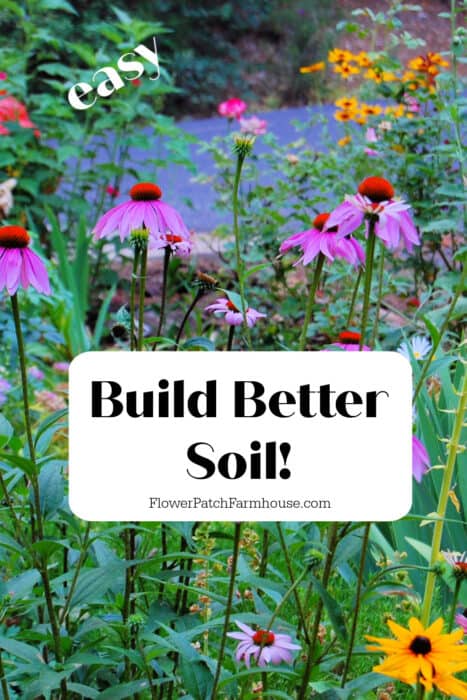
This post contains affiliate links. If you make a purchase after clicking a link I may make a small commission at no cost to you.
The more you can do to keep your soil healthy, the more productive your garden will be and the higher the quality of your crops. The beauty of feeding the soil?…
It isn’t hard and the payoff is big in both results and cost savings.
Living soil has the same four basic requirements we do: food, water, shelter, and air.
You won’t believe how much easier your Spring planting can be by just starting in Fall with soil amendments.
What’s even better is in the Fall the availability of free materials to use is all around you.
But Fall is not the only time you can start building organic soil in your garden.
Feed your soil organically
One way to feed your soil is by using well-composted manures. They bring nutrients to the soil organisms and plants.
You don’t need it deep, adding a couple of inches per year is plenty.
Soil organism: any organism inhabiting the soil during part or all of its life. Soil organisms, which range in size from microscopic cells that digest decaying organic material to small mammals that live primarily on other soil organisms, play an important role in maintaining fertility, structure, drainage, and aeration of soil. They also break down plant and animal tissues, releasing stored nutrients and converting them into forms usable by plants.
In Spring you need to make sure the manure is well composted but….
In the Fall feel free to add non-composted manures to your bare garden beds. Just top them up and cover with mulch. (more on free mulch in the next paragraph)
The worms will work on it all winter and by Spring you will have rich, easy-to-work soil.
If you live in an area where you can get to know your local farmers this is a great source of free manure and many times it has already been composted.
There is a caveat, some feed for farm animals may have been treated with herbicides. The manure can carry that pesticide residue and it will not compost away. See if you can get a composted manure sample from your farmer friend and test it.
Thankfully, I have my own chickens and they give me lots of luscious leavings which are mixed in with the straw and alfalfa hay I toss into their pen.
At this point, I need to say I have found a fantastic organic fertilizer that is working wonders in my containers this year and any plants that seem to be struggling.
It is called AgroThrive and it not only feeds your plants but feeds the soil.
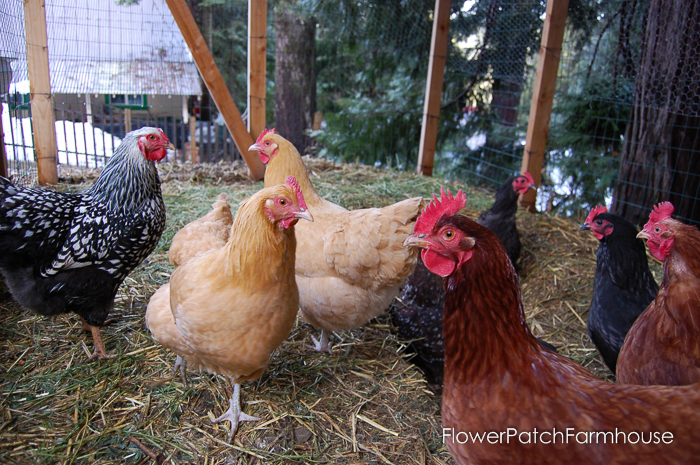
Here is a quote from Mother Earth News on how to test your composted manure for pesticide residue:
“To test compost, set up at least six 4-inch seed pots, and fill half of them with potting soil. Fill the other half with a mixture of two parts of the compost you want to test and one part potting soil, and be sure to label the pots. Plant the containers with peas (in cool weather) or beans (in warmer conditions). If pyralid herbicide residues are present, germination will be poor, and seedlings that do grow will have curled leaf edges.”
Composting
Composting your garden debris and kitchen vegetable scraps is a great way to improve soil structure. This includes compacted soil, heavy clay, and stony or sandy soil.
There are not any commercial fertilizers, even one that is totally organic, that provide the full spectrum of nutrients that you get with compost.
Compost provides the plants with nutrients slowly, as they need them, so there is no dangerous runoff of excess.
Plus, it is filled with the soil organisms that are so imperative to healthy soil and plants.
For more on how to compost, you can read this: Easy Composting
Free Mulch to Build Soil
In Fall, collect the fallen leaves and KEEP them! A leaf blower that reverses to a vacuum is your friend.
Seriously, this tool is wonderful as it not only vacuums up the leaves but it chops them at the same time.
You can spread the shredded leaves on your beds as mulch, keeping weeds at bay (or at least cutting back on the volume of weeds that germinate) and feeding your soil.
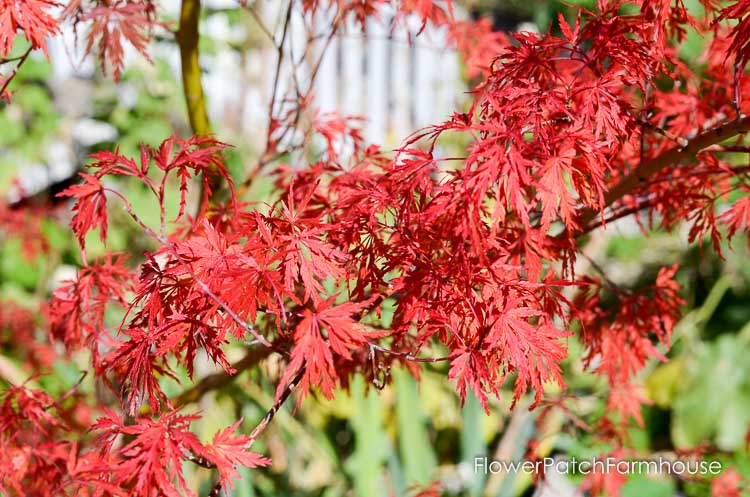
If you don’t use them as mulch then keep them to put in your compost bin or make leaf mold from them, both are fabulous soil amendments.
I also toss leaves and plant debris into my chicken’s pen for them to scratch through and compost for me.
Want to learn about a perfect breed of chicken for new backyard chicken owners? ISA Brown chickens are quiet, easy going and egg laying machines!
Related: What is Leaf Mold and How do you Make it?
Personally, I don’t always chop the leaves. If they have gotten wet my leaf blower vacuum won’t work on them.
I just pile them on the bare garden beds and let them sit there and decompose.
You can also just pile up the leaves with a rake and take your weed wacker to them, or use a mower to run over them. Collect the shredded leaves and mulch your beds.
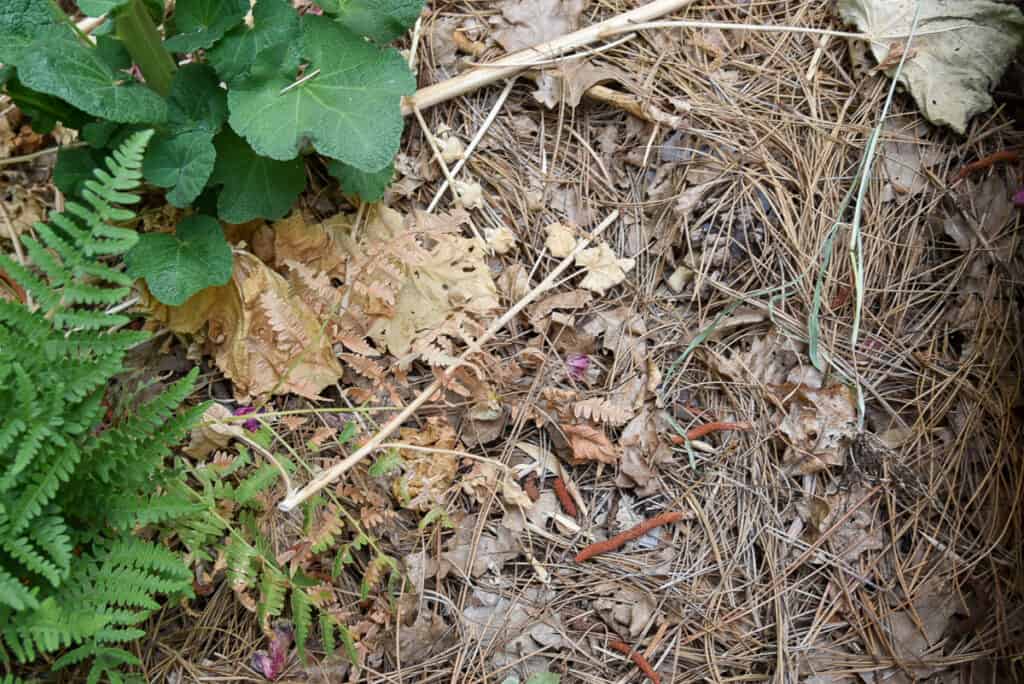
People usually say not to use the leaves whole as they can mat but I have not had an issue with that.
They claim it blocks water from getting to the soil and again I have found that not to be true, I have raked back areas buried in 6 inches or more of leaves and the ground underneath was as wet as the surrounding soil.
If you worry about matting then rake through the leaves every month or so to loosen them.
Come Spring what is left of the leaves can be raked off and put in the compost bin or used in place.
I usually rake what is left (usually not much) to the side, let the bed or area sit for a week or two.
Any weed seeds in the soil will sprout and then I can easily hoe them under. If there is enough of the leaf debris left, I will use it as mulch for whatever I decide to plant in this area but typically there is very little left.
Embrace good weeds
You didn’t know there are good weeds? Well, the humble yet hated dandelion is a perfect example. Dandelions were first imported to America by farmers who recognized their value.
Dandelion plants are miners. Their deep roots mine and bring up needed minerals that other plants love.
Dandelion leaves are highly nutritious and can be eaten, fed to chickens (my chickens love them), or added as a nutritive component to your composter.
In my garden dandelions are one of the first things to bloom in Spring and they attract all sorts of beneficial pollinators.
Other plants which are considered weeds do the same like Comfrey and Yellow Dock.
Just be sure to collect them out of the garden before they set seed, this will help keep them under control.
Got such bad soil that you feel would be impossible to revive it? Create raised beds.
Why Create Better Soil Organically?
Because it is better for the environment no matter where you live. Plain and simple.
Why force-feed your plants with artificial or bagged nutrients when you can easily create a healthy soil food web that does the work for you?
The plants and soil microbes develop communication if you let them. The plants tell the microbes what it needs and the microbes fill that need to the exact degree.
In turn, the plants feed the microbes. This is how nature regenerates soil repeatedly. Not by adding bagged fertilizers.
If you add fertilizers to feed your plants you are disrupting the important communication between the plants and the microbes. How?
When you feed the plant it takes up what you are giving it instead of communicating with the soil microbes.
Since it doesn’t need the microbes it does not feed them so they dissipate. Then you will have to continue adding fertilizer instead of the plants managing on their own.
This not only costs you more money but it also is environmentally damaging having to dispose of the packaging.
Not to mention the cost of manufacturing and transporting the product. Plus the long-term effects of essentially killing the soil.
The natural soil food web makes nutrients available to plants exactly when they need them and in the correct amounts whereas when we add fertilizer or so-called natural things like Epsom Salt we are only guessing at what the plant actually needs.
Related: Are you Making these Garden Mistakes?
Use Cover Crops
A cover crop is any plant grown for the primary purpose of improving the soil. This method has been used since the early 1900s.
Before farming became so commercialized farmers used cover crops to restore fertility to their soil that has been depleted.
The added benefit is cover crops contribute to building up the soil with organic matter, help prevent erosion, suffocate weeds, and use the power of the sun to create and cycle soilborne nutrients.
Recent advances in soil biology have shown the magnitude of the gains of sowing cover crops.
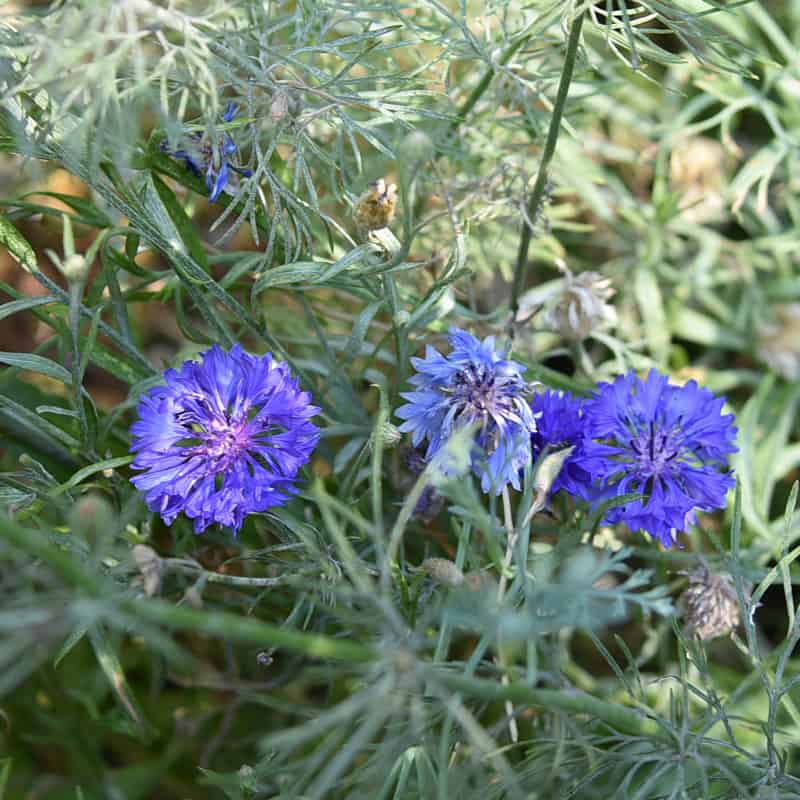
Personally, I have been using Crimson Clover and now Bachelors Buttons, both are gorgeous in bloom.
This winter I will be trying out some Winter Buckwheat. For localized suggestions, you can contact your local extension office.
Bare soil is not your friend and is not healthy for it. Look to nature, each year the leaves drop from trees, plants wither and fall both of which decompose and feed the soil on the earth’s floor.
So add mulch or grow cover crops to help keep your soil the healthiest it can be.
I am sure as I think of more I will be adding to this article but in the meantime, you really get a good picture of how you can organically build healthy soil and eliminate the need to be constantly fertilizing!
Happy Gardening!
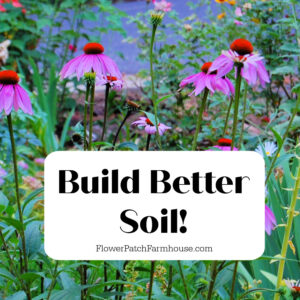
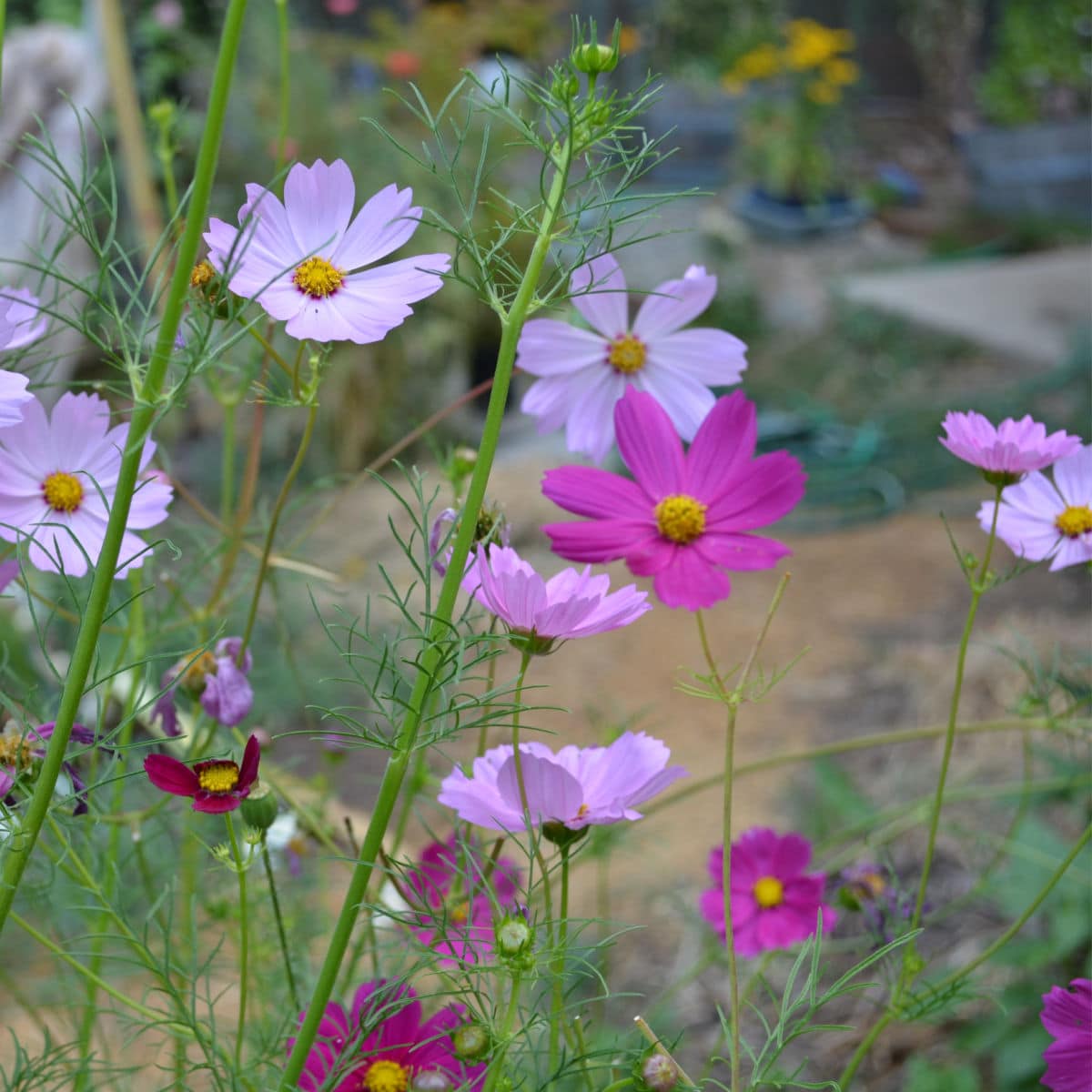
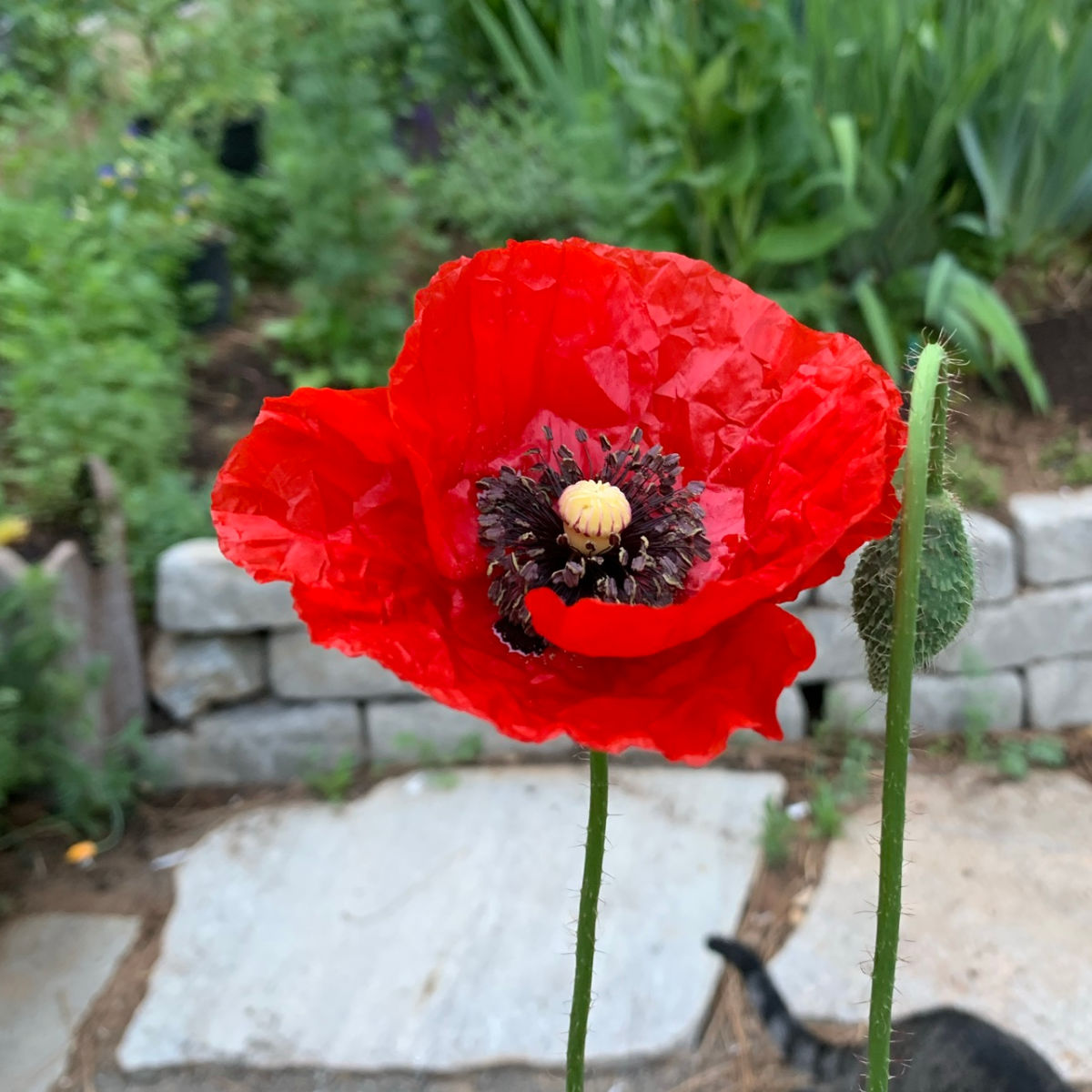
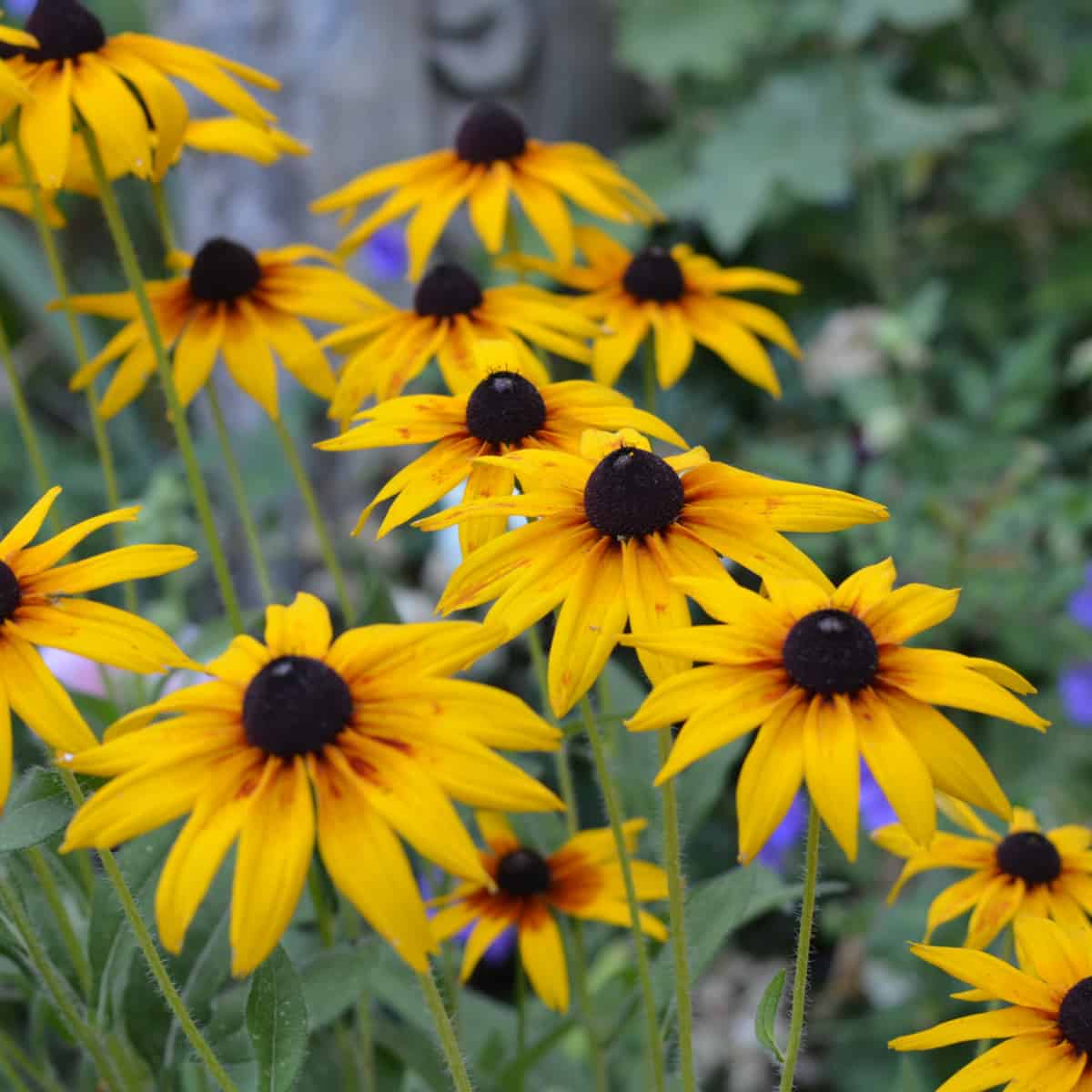
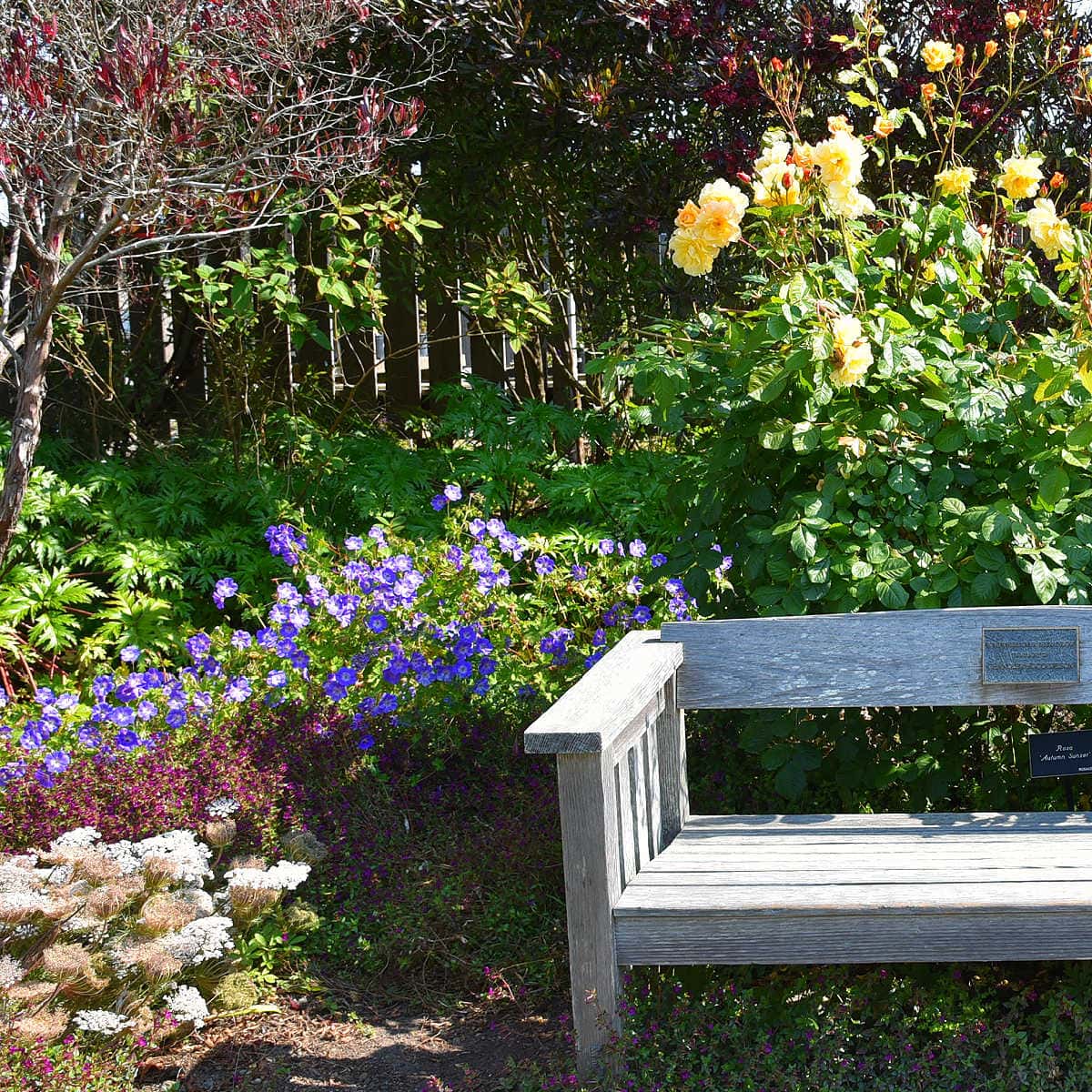
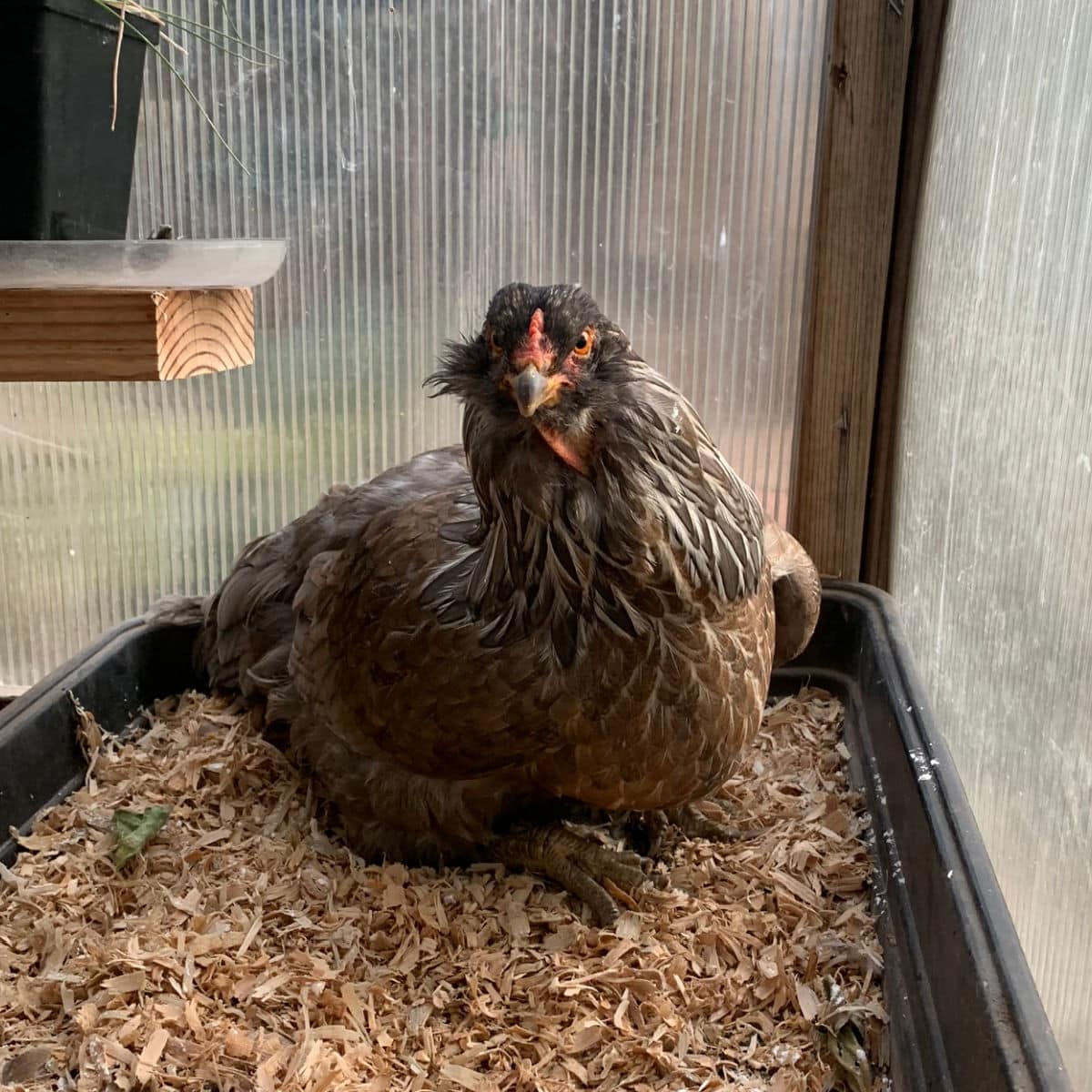
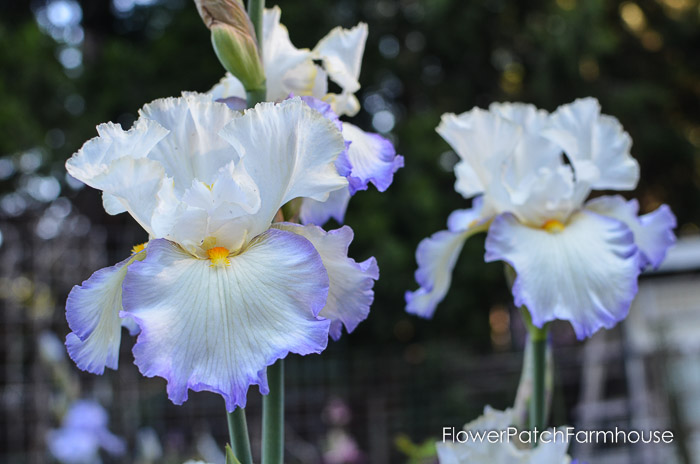
Thank you for your information about what I should not use because it is harmful. I will try to incorporate your knowledgeable information. Have a nice day!
Wonderful, helpful article. My family and I are just getting started in this whole agriculture thing. We are planning to use the permaculture method for our orchard, vegetable garden, and cutting garden. Learning all about this is fascinating–studying Jehovah’s amazing creation never fails.
I just ordered the Argo organic feed and am looking forward to using it. Your gardens are so beautiful!I have had so much trouble with whitefly this summer and have tried blasting them off with the hose,insecticide soap helps but they always come back. Any ideas? I enjoy your blog and gardening hints!